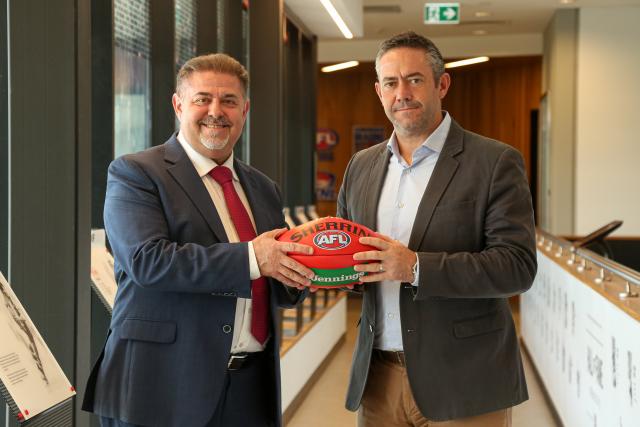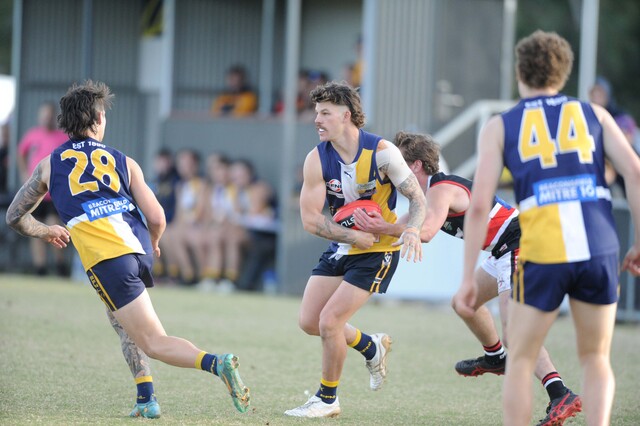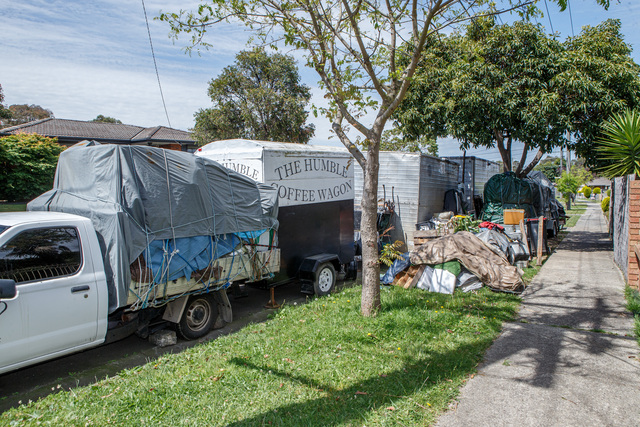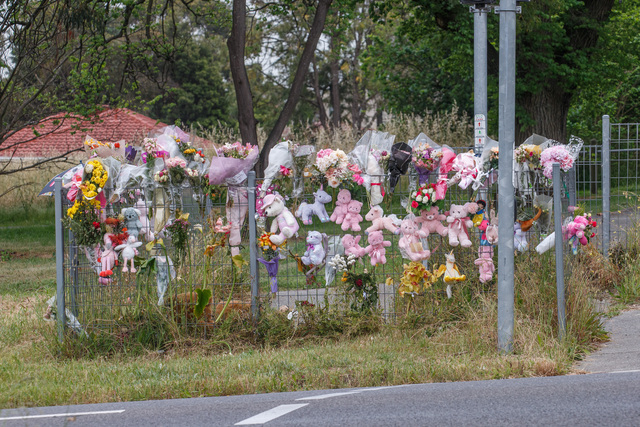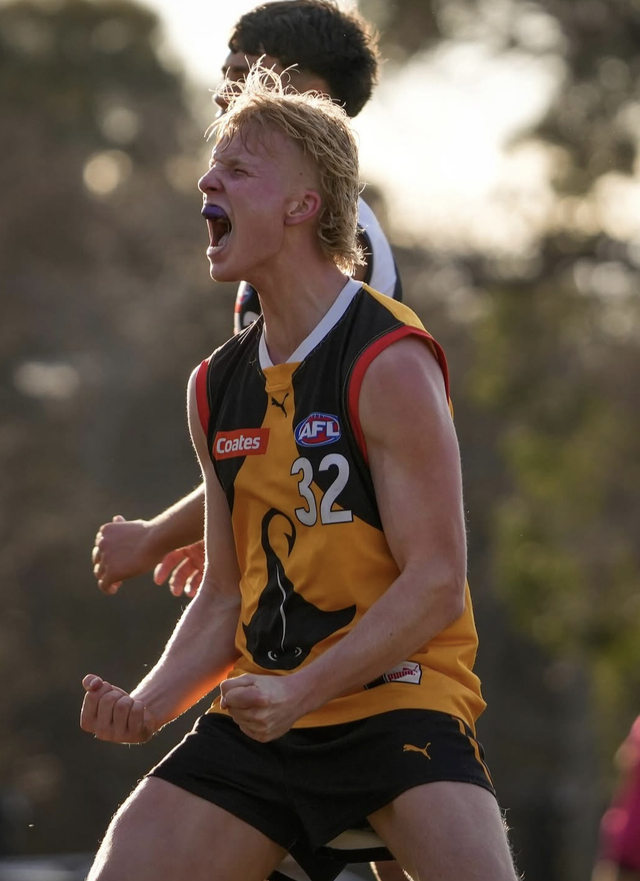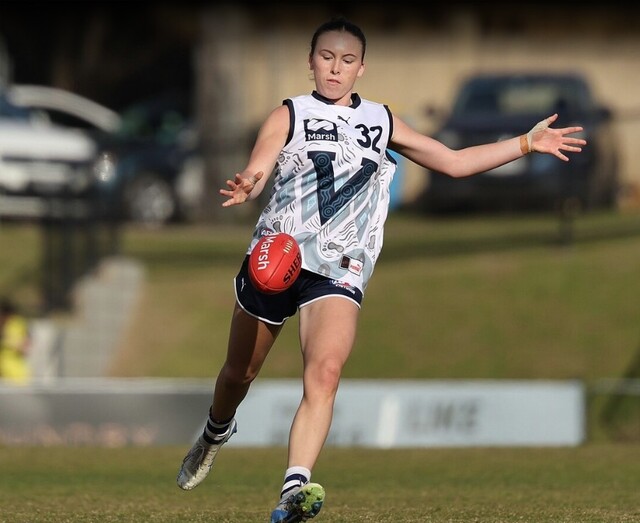Greater Dandenong mayor Jim Memeti says the AFL needs to build a stadium to revive the sport’s popularity in the South East – but it shouldn’t be at its former Waverley Park ground.
The AFL has bought back Waverley Park’s oval and Kenneth Luke Stand in Mulgrave for an undisclosed sum, reportedly less than $20 million.
There have been no AFL games there since 1999, with its former car park and grandstands making way for a vast housing estate.
The AFL is set to “work through” options for the oval’s future – such as talent pathways, community footy or umpire development.
Cr Memeti said AFL games need to return to the South East to attract children back into the sport.
“This is a good step forward to bring some AFL back in the South East but we don’t just want training facilities.
“If the AFL are serious, they’d look at building a stadium in the South East.
“If the kids are going to games, they’ll want to play and this will increase participation.
“They need a stadium to attract the 1.5 million people in the South East – we don’t go to games of footy often because it’s now too far away.”
Growing up in Dandenong, Cr Memeti remembers the region’s rich Australian-Rules heritage, producing stars such as the Morwood brothers, Glenn Archer and the late Darren Millane.
As a child, he could only play Australian Rules due to the dearth of soccer clubs. Parkmore Football Club once boasted 59 junior Aussie-Rules teams.
The situation has now reversed, with soccer far-and-away the dominant code. In recent years, St Kilda AFL players have conducted clinics to inspire school students in Greater Dandenong.
Cr Memeti said any new AFL stadium in the South East must be well-connected to public transport including a direct train line – which was one of Waverley Park’s major failings.
However the site earmarked for a $300 million rectangular stadium between Dandenong railway station and Cheltenham Road would be too small for an Australian Rules oval, he said.
The soccer-stadium project was announced in 2018 with hopes of a local A-League and W-League club, but has since stalled.
Cr Memeti remains hopeful – but the stadium’s fate will rely on state and federal funding.
“It’s not a matter of will or won’t it happen, it’s a matter of when it happens – whether it’s now or five or 10 years’ time.
“The South East is only going to grow and Melbourne is the world’s sporting capital – so the South East will get its turn.”
Meanwhile, the Waverley Park deal proved a windfall for the vendor Hawthorn Football Club, which had bought the site for $1 from developer Mirvac.
The deal paves the way for Hawthorn to move to its $100 million John Kennedy Community Centre in Dingley this year.
AFL chief executive Andrew Dillon said it would “work through” future options for Waverley.
“The purchase of the ground and facilities is a rare and timely solution that will help with our talent pathways programs, community footy, and umpire development and programs, all of which will now be worked through with the relevant stakeholders.”
The AFL has set an ambitious target of adding two ovals a week for the next five years to expand to 1 million participants.
“We are always looking for greenspace so we can continue to expand the playing fields we need to accommodate the strong national growth in people playing our game.”
Waverley Park was put on the market in February, with the AFL beating several prospective buyers.
Hawthorn chief operating officer Jacob Attwood said a lot of work was done to ensure the “best possible outcome for both the club and the future of Waverley Park”.
“With the facility changing hands to the AFL, we are confident that its historical significance of
In the 1960s, the then-Victorian Football League built the stadium VFL Park off Jacksons Road, Mulgrave – with a vision for a massive 160,000-capacity venue.
The reality was slightly under half that size. With a touted rail link failing to materialise, the stadium and its car parks were also maligned due to traffic congestion.
Waverley Park hosted league matches and finals between 1970 and 1999, as well as concerts and World Series Cricket, before it was replaced by Docklands Stadium in central Melbourne.
The capacious site and car park was sold off for a housing estate, with Hawthorn relocating to the site for a peppercorn purchase price.
The state-heritage listed site still bears the towering Sir Kenneth Luke grandstand and a giant football mosaic by Harold Freedman.

